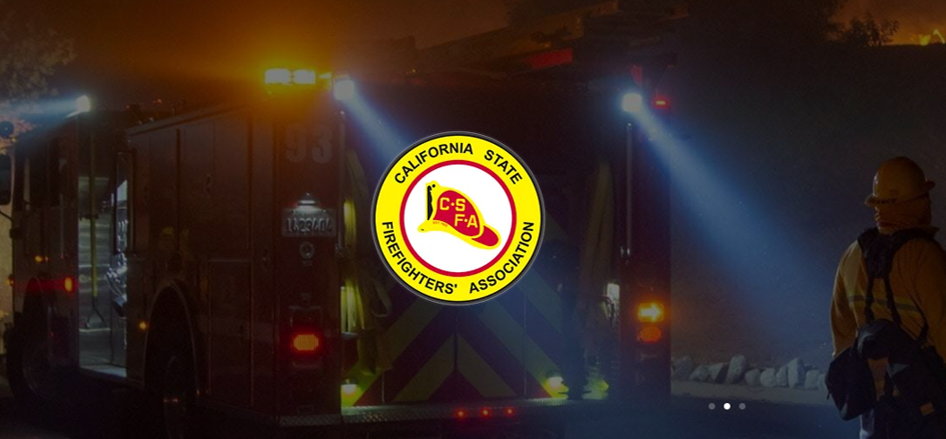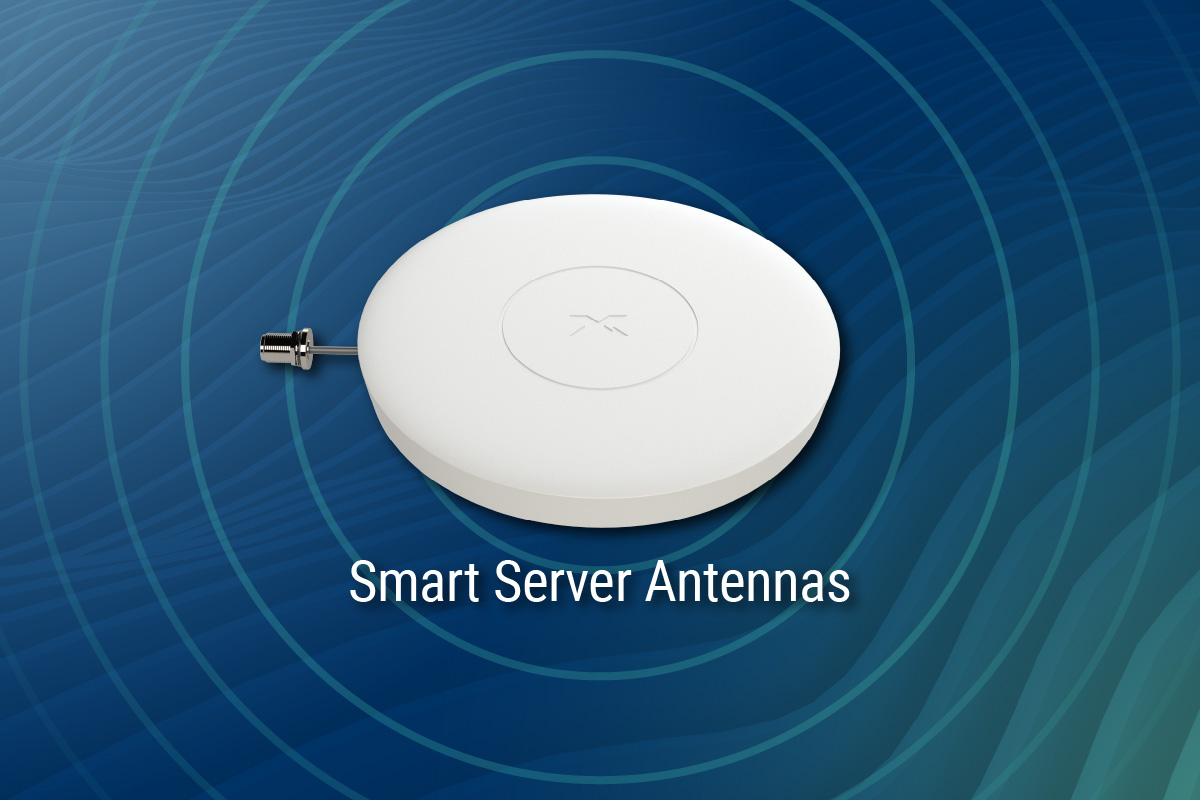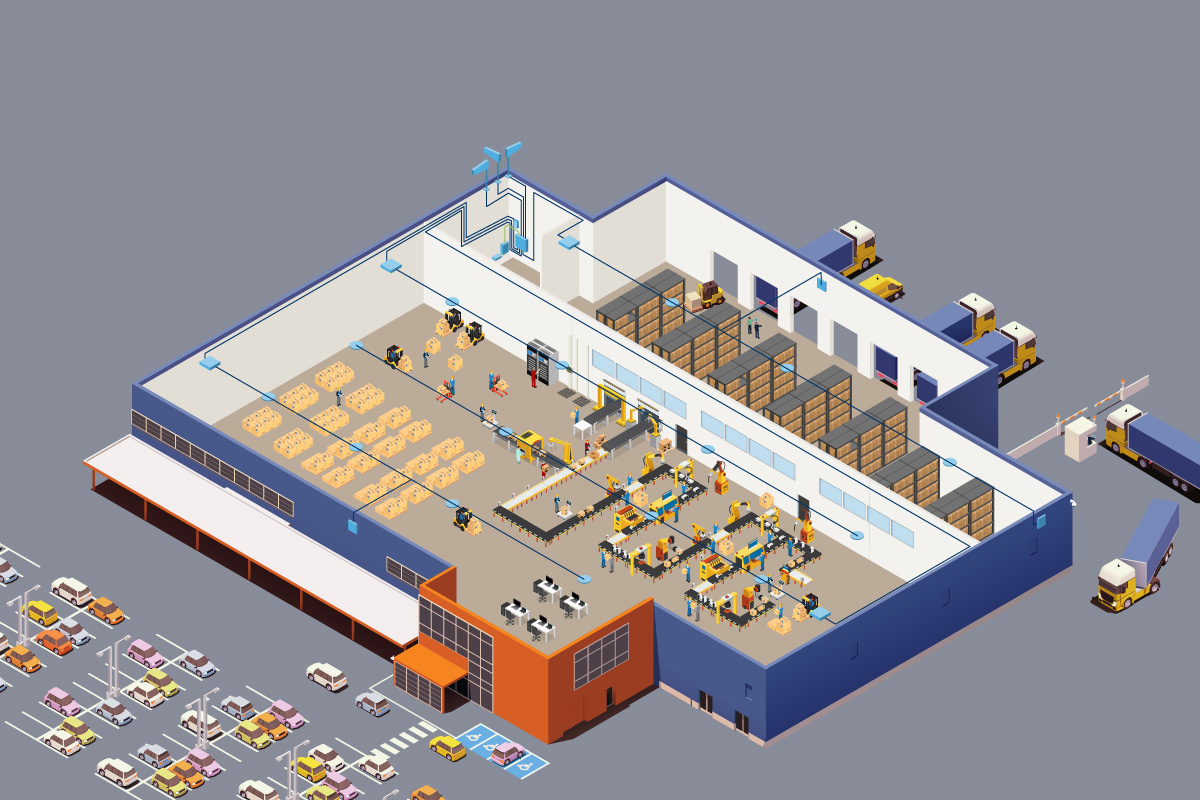If you haven’t tried FirstNet yet, the one thing you need to know is that it’s here to stay. And that’s a good thing in my opinion. FirstNet is build to overcome communications coverage challenges.
FirstNet is the first responder-dedicated network that was formed and funded under the U.S. Department of Commerce in 2012. It’s a reliable, highly secure, interoperable, and innovative public safety communications platform that is bringing 21st century tools to public safety agencies and first responders. AT&T won the bid to build, operate and manage the FirstNet network and, in 2018, switched the network on. Think of this as the “brains and nervous system” of public safety’s network. Now, in a short time, FirstNet is living up to expectations from my experience.
I started using the FirstNet system back in 2018 when I was a Fire Chief for the Governor’s Office Emergency Services (OES) for the State of California. I also worked with International Fire Chiefs Association (IAFC) and Western Fire Chiefs Association at that time, as well as currently, the Chair of the IAFC Emergency Management Committee. In my day job at California OES, I was eventually drawn in to work on getting users to opt-in to the FirstNet system. This somewhat unique perspective has helped me see FirstNet as a great opportunity for public safety across this nation – it’s something that was built specifically for us and that would work for us, versus all the problems we deal with in the cellular world.
Following are some of the key things I think you should know about FirstNet.
“It’s not just AT&T”
Many think that FirstNet is just AT&T, but it’s important to understand that AT&T is the builder. The First Responder Network Authority (FirstNet Authority), underneath the U.S. Department of Commerce, actually put together the RFP to build out the network and AT&T won the contract. AT&T is under contract to build the network and has performance measures included in the contract. So it’s really FirstNet for Public Safety at the federal, local and tribal level that is being powered by AT&T currently. It’s a 25-year contract.
FirstNet is here today and continues to grow. AT&T is just in year three of the build out and has five years to complete it, but it is coming along very quickly. In fact, there’s already 1.7 million on FirstNet, either as an agency or as an individual subscriber.
Get Personal with FirstNet
While agencies can come aboard and sign up to use the network, public safety individuals, both professionals and volunteers, can put their own personal phones on the network too. For example, volunteers – whether volunteer firefighters, volunteer search and rescue, working for the Sheriff’s department, or EMS volunteers – can actually sign up for FirstNet for their own personal device. In this way, a lot of people have access to the system with priority and preemption when they need it. It’s really great from that standpoint.
Overcome Coverage Challenges
There are some who believe that no matter what happens, where they go, they’ll always have cellular coverage with FirstNet. But it does not matter who your carrier is, whether FirstNet or standard cellular coverage, if you don’t have cellular coverage, you just don’t have it.
Cellular signals are blocked by trees, hills, mountains, building materials, and bad weather both in remote locations and urban environments. Deployables like SatCOLTs (Satellite Cell on Light Trucks) and COWs (Cell on Wheels) from the dedicated FirstNet fleet can help extend FirstNet coverage for emergencies and planned events nationwide. And even though they can get to an Incident Command Post within a 14-hour window, on average, these portable cell sites prioritize based on public safety’s needs -going where we need them most. I’d like to see deployables rolled out with FirstNet capabilities that could fit inside of a C-130. For example, Orange County Fire Authority is using aircraft with FirstNet broadband capability to run a program that maps wildfires in real time.
Not every incident needs big deployables. Rather a smaller tactical unit, like CEL-FI GO RED from Nextivity products set set up quickly and are great in an emergency. Whether you’re on a wildfire in the middle of nowhere or if you’re in an area that just doesn’t have as much coverage, these are great units, and are inexpensive to put into place, set up, and boost FirstNet capabilities on your cell phone.
Are you really on FirstNet?
It’s interesting that some folks say, “Yeah, I’m on FirstNet,” then we delve into it deeper and realize that, while their device is FirstNet Ready™, it isn’t actually on public safety’s network. To truly access the FirstNet network, you must have the FirstNet SIM, which connects you to the dedicated network core. Check to see if you have the right SIM Card in your phone to make things work. There are cellphones available with built-in FirstNet capabilities (SIM cards).
Build Knowledge Capability
There are technical elements to using FirstNet. But it’s no different than using an emergency alert notification, an IPAWS, or any other program out there. There are really no tricks of the trade; rather, it’s more about knowing what capabilities are available.
If you want to know more about FirstNet, firstnet.com is a great resource. So is All Things FirstNet, an association working to bring more knowledge and capability to those using it. It also provides a voice for the direction we’d like to see the FirstNet Authority and AT&T go. The more people get up to speed on FirstNet and its capabilities, the more knowledge there is to share. The name of the game is to make it better for the next go-around, the next operation. We wnat to develop knowledge and skills and people to reach out to for help. People that can assist us with particular areas of challenge.
Before Making the Jump
Before your agency makes the jump to FirstNet, I recommend that you work with FirstNet consultants from AT&T. They will help you to understand what they’re doing currently on the network and their future plans. If your agency manages its own phones, you really need to know what makes them FirstNet capable. Sit down with AT&T before you make the move to FirstNet. Then you will fully understand what you’re getting and how it’s going to work out.
If your agency chooses to engage with other carriers, be sure to understand their pre-emption capabilities. They may tell you that they have that capability and all you have to do is call. But if you’re having an emergency, it’s probably already not a good day, and “making a call” always fall second to saving lives. If the cell service is down or for some other reason you can’t get hold of someone at the carrier to give you pre-emption, you’re going to have an even worse day. With FirstNet, priority and pre-emption is always on – that means it’s automatic the moment you start a call.
FirstNet is built for public safety – per our request. We need to speak up on the direction we’d like to see it go as it continues to grow – locally, within our counties, and within our region. We can get the word out by going through All Things FirstNet or going directly to FirstNet Authority board members and making sure we have a voice. At the end of the day, those of us with the expertise on the front lines need to work with the FirstNet Authority and AT&T to evolve the best public safety communications network possible.
This article is originally from the CSFA (California State Firefighters’ Association)




